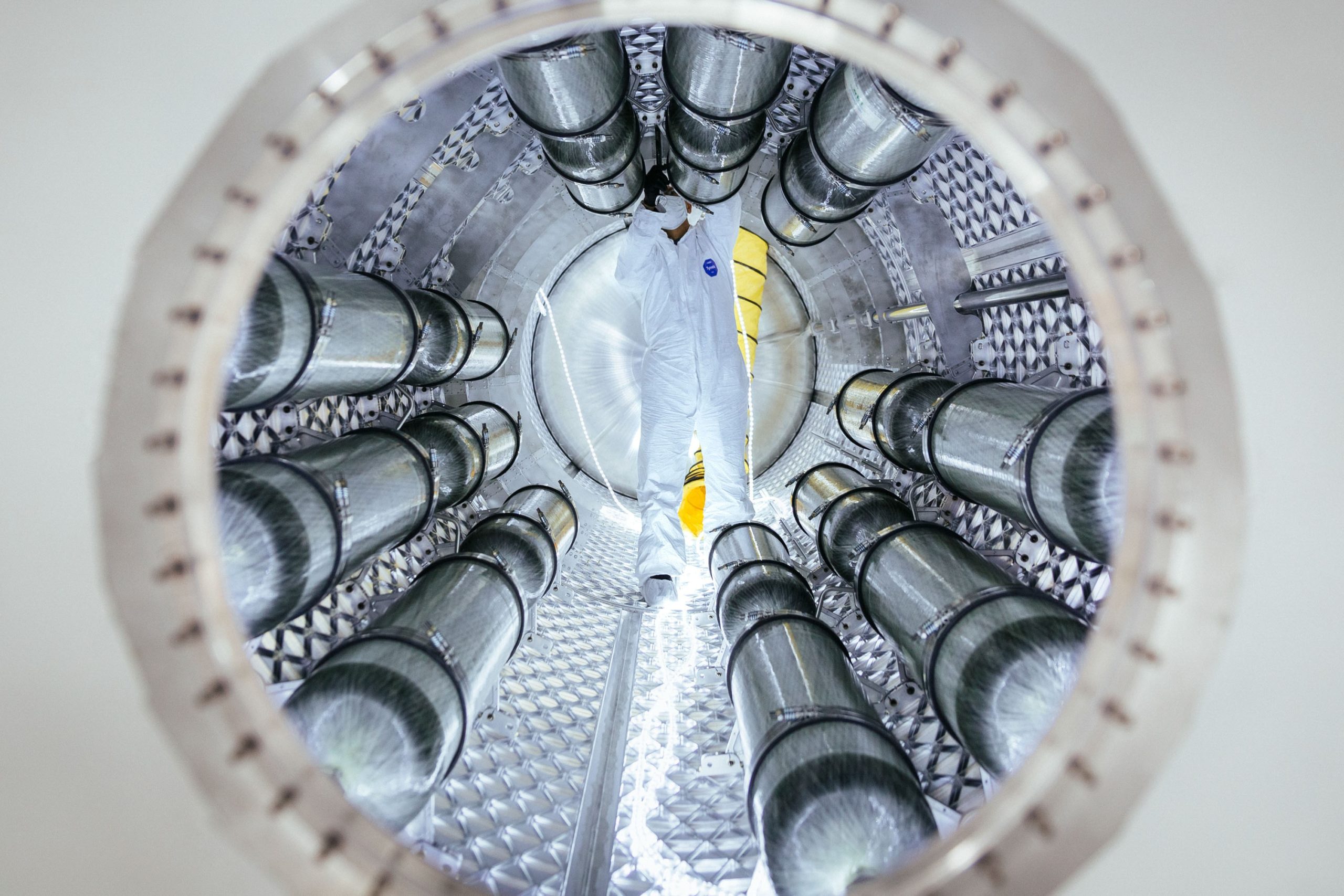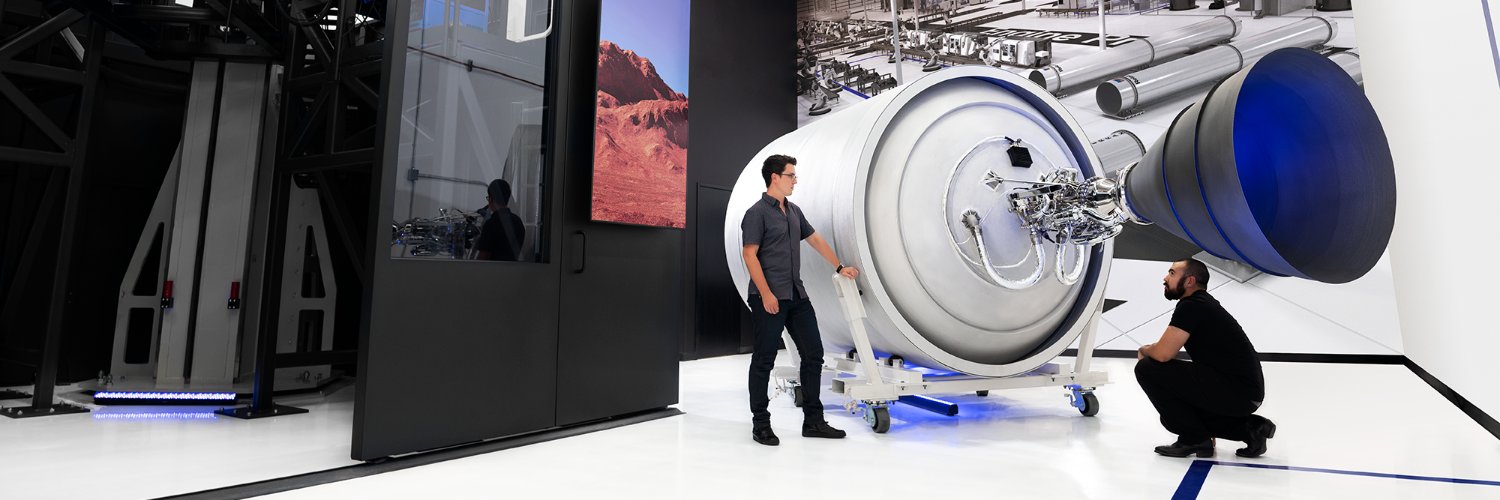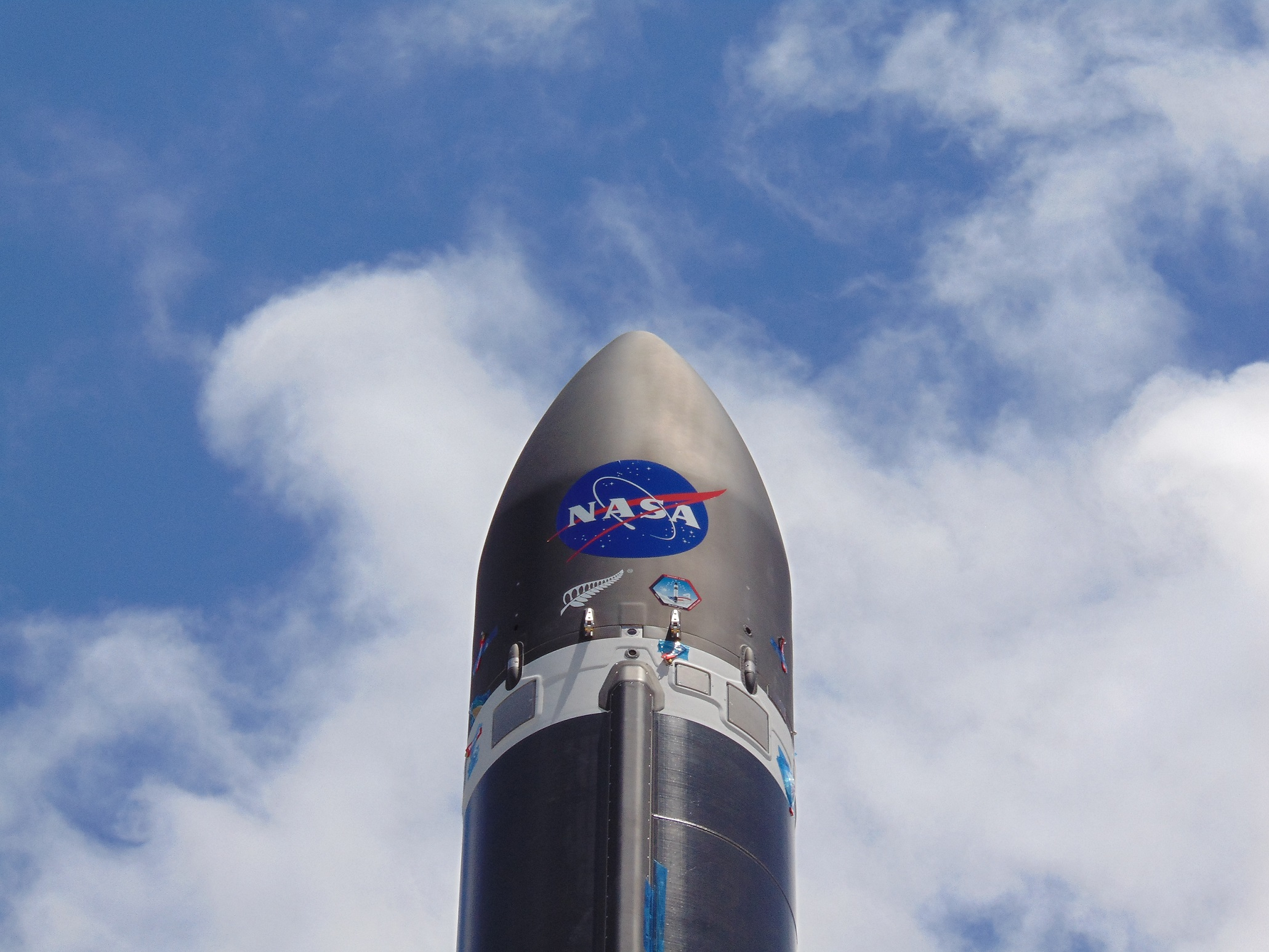NASA has selected 12 companies to provide commercial launch services for the agency’s Venture-Class Acquisition of Dedicated and Rideshare (VADR) missions, with contracts totaling $300 million. The list includes big-league space firms like Virgin Orbit and United Launch Alliance (ULA) as well as newer space technology innovators like Rocket Lab. As part of a strategy to optimize weight in systems built for space while reducing manufacturing costs and lead times, most of the companies chosen by NASA are using additive manufacturing (AM) to produce parts, or even entire rockets (like Relativity Space).
The recently announced fixed-price indefinite-delivery contracts have a five-year ordering period. They aim to provide a broad range of Federal Aviation Administration-licensed commercial launch services capable of delivering payloads, ranging from CubeSats to Class D missions to a variety of orbits, like escape trajectories. These small satellites and Class D payloads tolerate relatively high risk and serve as an ideal platform for technical and architecture innovation, contributing to NASA’s science research and technology development.
“We are incredibly excited to announce the awardees for VADR from a broad range of established and emerging launch providers and launch service aggregators and brokers,” said Bradley Smith, director of launch services at NASA Headquarters in Washington. “This speaks to our expertise in understanding the launch market as we crafted VADR to maximize our efforts in enabling a growing U.S launch industry. With this new tool in our toolbox, these tremendously flexible contracts will meet a wide variety of NASA science and technology needs, further enhancing the agency’s Launch Services Program’s reputation as Earth’s bridge to space.”
Even though SpaceX, Northrop Grumman, and Blue Origin are heralding the list, the agency didn’t just go for the usual suspects. Like Smith points out, several newcomers bring their technology to the fore. With so many companies playing in this space, there’s no shortage of hype surrounding the commercial space industry. Here is a breakdown of the businesses chosen by NASA and their involvement with 3D printing:
ABL Space Systems
Rocket Startup ABL Space Systems was founded by former SpaceX employees determined to prove that reaching space can be simple, efficient, and routine. Based in El Segundo, California, ABL already occupies several in-house facilities with end-to-end manufacturing capabilities, including 3D printing. Counting down to the first launch of its RS1 rocket later in 2022, it has been leveraging additive manufacturing (AM) to structurally optimize select components. Its 13,000 pound-force E2 engine parts are designed, machined, and printed in-house, including the turbopump, main propellant valves, thrust chamber assembly, and gas generator, which gives ABL complete control over the engine architecture and time to market.
Astra Space
Another awardee is Astra Space (NASDAQ: ASTR), a rocket launch startup out of Alameda, California. It has over $452 million in cash on its balance sheet and successfully launched its first two test vehicles to orbit. This new contract is in addition to the four launches NASA has already contracted with Astra for delivery this year. So far, Astra is offering the lowest cost-per-launch dedicated orbital launch service of any operational launch provider globally. In addition, the company’s founder and CEO has admitted his team uses 3D printing wherever it makes sense.
Blue Origin Florida
Jeff Bezos’ Blue Origin space venture is one of the pioneering space firms relying on 3D printing technologies. Throughout its 20-year history, the aerospace manufacturer has taken steps to make access to space cheaper and more reliable by developing rocket engines, launch vehicles, and capsules that will take astronauts to the next space frontier. As of late, the company has additively manufactured high-performance BE-7 engines, which engineers have already begun hot-firing, and turned to 3D printing to accelerate the design process of its liquefied natural gas (LNG) fueled rocket engine BE-4, replacing cast or forged parts that used to take a year or more to source with parts made in-house in just a couple of months.
L2 Solutions
Headquartered in Houston, Texas, L2 Solutions provides turnkey services and spacecraft design and manufacturing services, enabling its clients to engineer, design, and operate spacecraft. The company combines artificial intelligence and machine learning with human intelligence to create space-based intelligence networks, providing information on events before they happen—no news on whether L2 Solutions is specifically using 3D printing for its undertakings. However, the firm does design and manufacture spacecraft with proprietary technologies.
Northrop Grumman
Northrop Grumman is constantly looking for ways to use advanced materials and advanced manufacturing techniques like 3D printing that will allow it to fly the latest and greatest hardware in space. For example, aerospace engineers are leveraging 3D printing to develop countless options for radiation shields, creating spacecraft components that are precisely customized to withstand the harsh conditions in space.
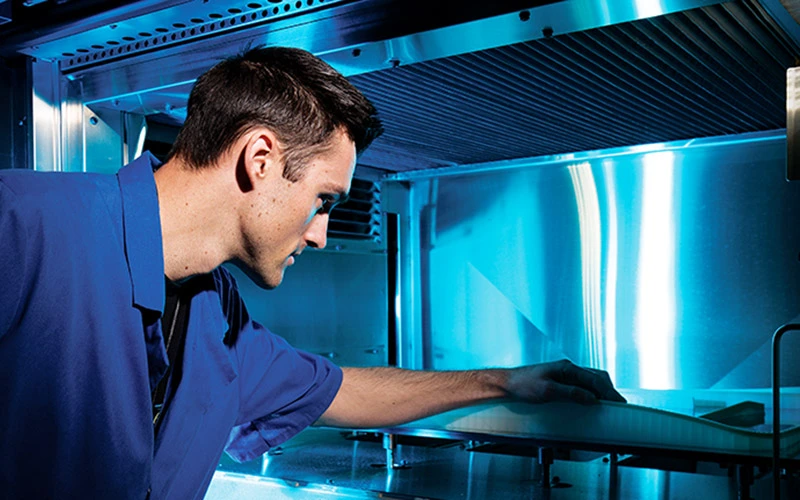
Mechanical Technician Justin Eglitis verifies printed parts in one of Northrop Grumman’s manufacturing facilities. Image courtesy of Northrop Grumman.
Phantom Space
Founded by early SpaceX team member Jim Cantrell, Phantom Space is a new space transportation provider developing micro-satellite, small satellites, and propulsion systems launch services to carry the spacecraft. Since its inception in 2019, it has raised over $200 million in equity financing to democratize access to space. Phantom relies on rocket engine supplier Ursa Major, a Colorado manufacturer of 3D printed engines, to supply at least seven engines for each of its rockets.
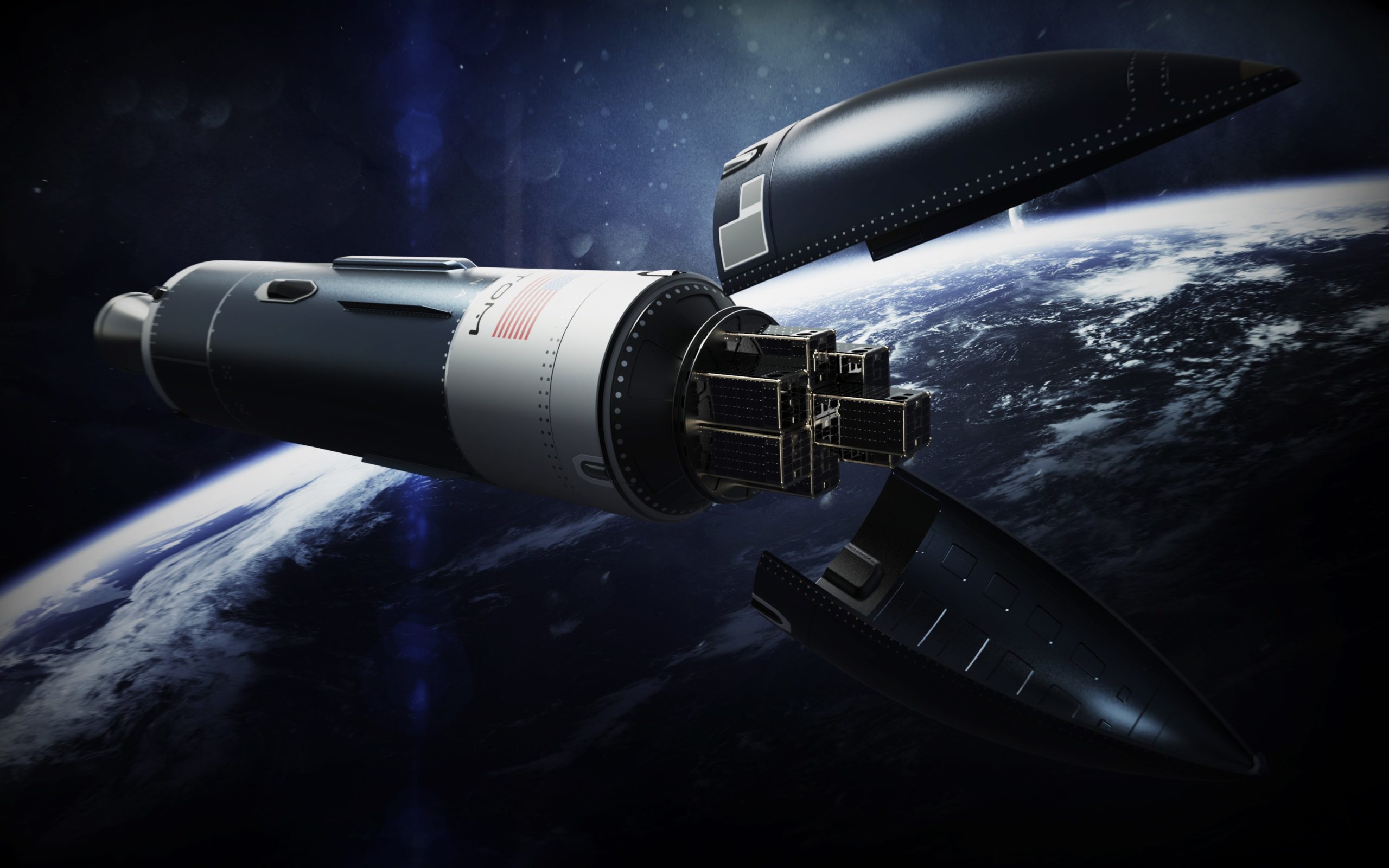
Phantom Space wants to create space transportation to make space commerce commonplace. Image courtesy of Phantom Space.
Relativity Space
No other space company has been bullishly disrupting the industry like Relativity Space. The Long Beach, California business has created a Factory of the Future to build its rockets. Centered around Stargate, the world’s largest metal 3D printer, Relativity is additively manufacturing its rockets with 100 times fewer parts in less than 60 days while disrupting 60 years of aerospace. The new VADR acquisition builds on previous procurement efforts such as the Venture Class Launch Services (VCLS) and VCLS Demo 2 contracts, fostering the development of new, small launch vehicles for NASA payloads and flying later this year. With the addition of its NASA VADR contract, Relativity’s first rocket, Terran 1, continues to be the most pre-sold rocket in history prior to launch.
Rocket Lab
Much like the previous awardee, Rocket Lab (NASDAQ: RKLB) is thriving as a leading space systems company. Since its foundation in 2006, Rocket Lab became a multinational company with a rich history of developing propulsion systems and launching vehicles for many government and commercial customers. More importantly, it was the first small launcher developer to heavily rely on 3D printing for parts. Commenting on this new opportunity with NASA, Rocket Lab founder and CEO Peter Beck says, “NASA’s Launch Services Program plays a crucial role in growing the U.S launch industry by ensuring resilient space access, and we could not be prouder to play a role in that.”
Spaceflight
With over ten years of experience providing comprehensive launch, mission management, and in-space transportation services, Spaceflight has launched nearly 400 satellites, ranging from CubeSats to a 700-kilogram satellite, across 40 missions. The Seattle-based firm has a long-standing relationship with NASA, coordinating the launch of more than 20 payloads for the organization over the years. Additionally, as one of only three organizations to launch an orbital transfer vehicle, Spaceflight can leverage its suite of Sherpa vehicles to deliver payloads to the exact orbit necessary for successful missions.
SpaceX
Of course, space news wouldn’t be complete without mentioning the benchmark of the private space sector, SpaceX. Among the first AM users in the industry, SpaceX continues to heavily rely on AM technology, although many of its internal operations details are not disclosed. Throughout the years, the space giant has worked with 3D printing experts at VELO3D and ordered dozens of its platforms for in-house production. Planning to launch more than 50 missions in 2022 alone, we can expect SpaceX to continue leveraging 3D printing at its Hawthorne, California headquarters.
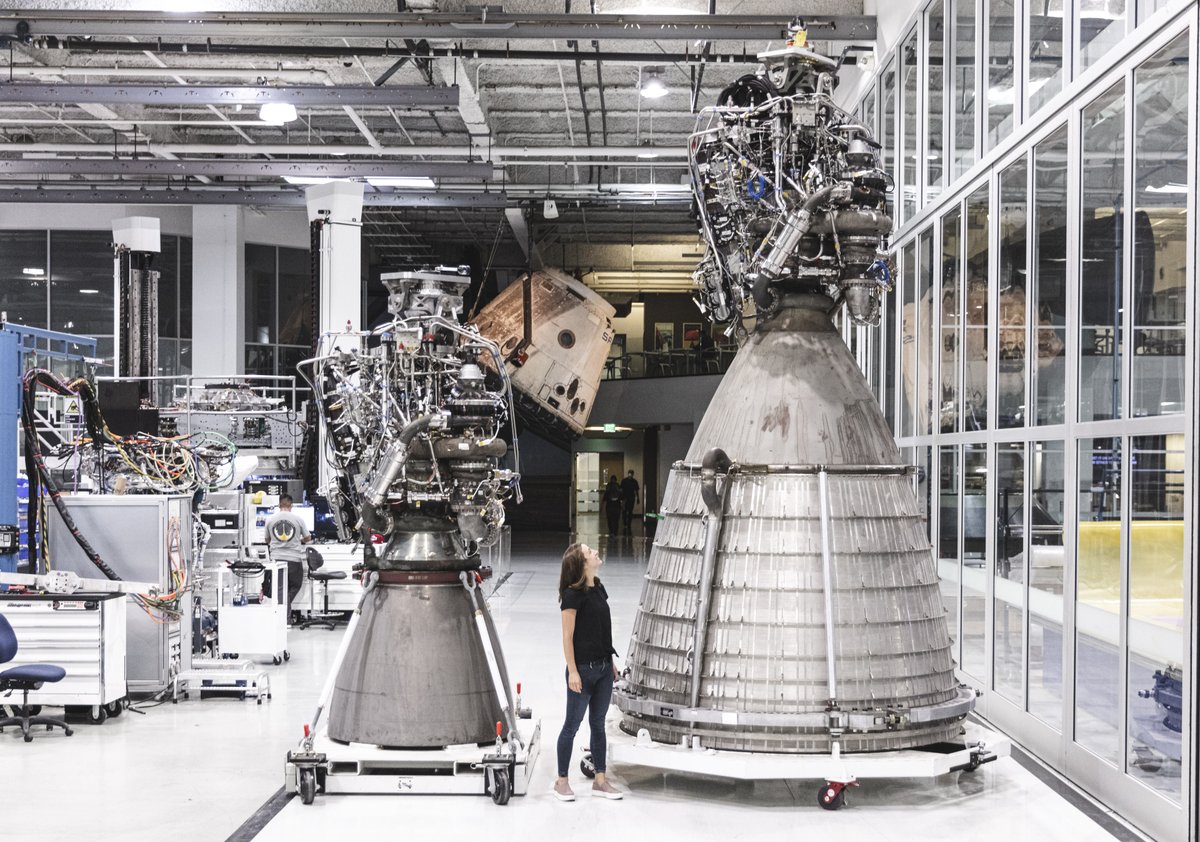
The first Raptor Vacuum engine (RVac) for Starship shipped from SpaceX’s rocket factory in California to SpaceX’s development facility in Texas. Image courtesy of SpaceX via Twitter.
United Launch Services
United Launch Services (ULS) is a subsidiary of ULA, one o the nation’s most experienced space launch companies with more than 145 consecutive launches. ULS contracts launch services using the Atlas and Delta launch vehicles. Both spacecraft have been fitted with a fair share of 3D-printed parts. Furthermore, the company is on a mission to make space more affordable and accessible by deploying innovative programs like AM efforts.
Virgin Orbit
Another Long Beach, California, company on NASA’s list is Richard Branson’s Virgin Orbit (NASDAQ: VORB). It became quite publicized after striking a partnership with machine tool developer DMG Mori to reduce engine manufacturing cycle times tenfold compared to traditional manufacturing. The 3D printing technologies used by Virgin Orbit engineers are specially built into a state-of-the-art rocket manufacturing and testing facility with automated equipment. This allows the company to, for example, make tanks in days instead of months, which is usually how long it takes with conventional rocket production.
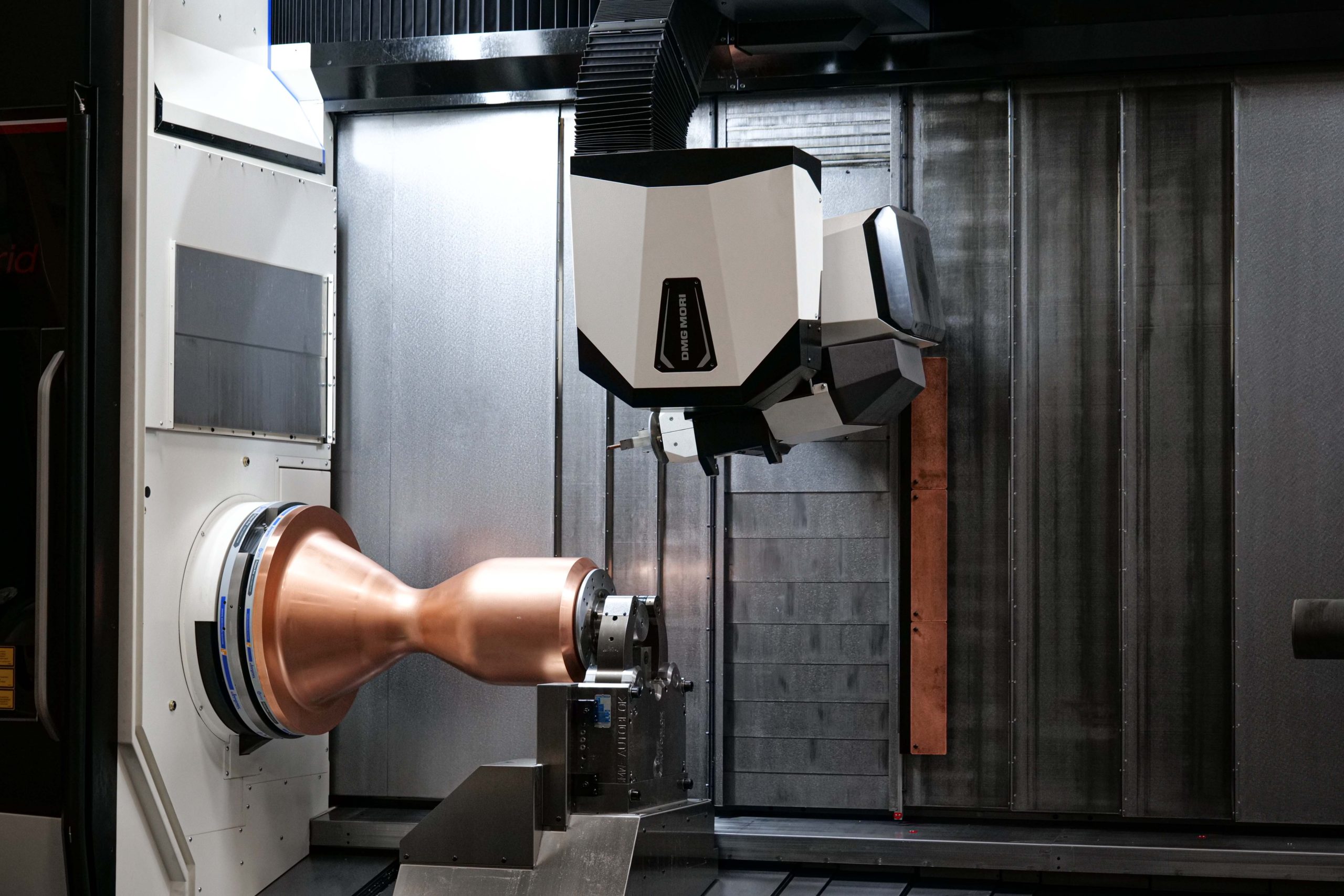
A NewtonThree thrust chamber is built in Virgin Orbit’s hybrid additive subtractive manufacturing machine. April 2021. Photo: Virgin Orbit/Greg Robinson
Launches under the VADR contract will align with commercial practices, using less NASA oversight to achieve lower launch costs. Managed by the agency’s Kennedy Space Center in Florida, the VADR contracts will help private, and public organizations launch science payloads ranging from small satellites with colleges and universities to NASA’s highest priority missions, many of which we can anticipate will have 3D printing at its core.
Subscribe to Our Email Newsletter
Stay up-to-date on all the latest news from the 3D printing industry and receive information and offers from third party vendors.
You May Also Like
Profiling a Construction 3D Printing Pioneer: US Army Corps of Engineers’ Megan Kreiger
The world of construction 3D printing is still so new that the true experts can probably be counted on two hands. Among them is Megan Kreiger, Portfolio Manager of Additive...
US Army Corps of Engineers Taps Lincoln Electric & Eaton for Largest 3D Printed US Civil Works Part
The Soo Locks sit on the US-Canadian border, enabling maritime travel between Lake Superior and Lake Huron, from which ships can reach the rest of the Great Lakes. Crafts carrying...
Construction 3D Printing CEO Reflects on Being Female in Construction
Natalie Wadley, CEO of ChangeMaker3D, could hear the words of her daughter sitting next to her resounding in her head. “Mum, MUM, you’ve won!” Wadley had just won the prestigious...
1Print to Commercialize 3D Printed Coastal Resilience Solutions
1Print, a company that specializes in deploying additive construction (AC) for infrastructure projects, has entered an agreement with the University of Miami (UM) to accelerate commercialization of the SEAHIVE shoreline...


